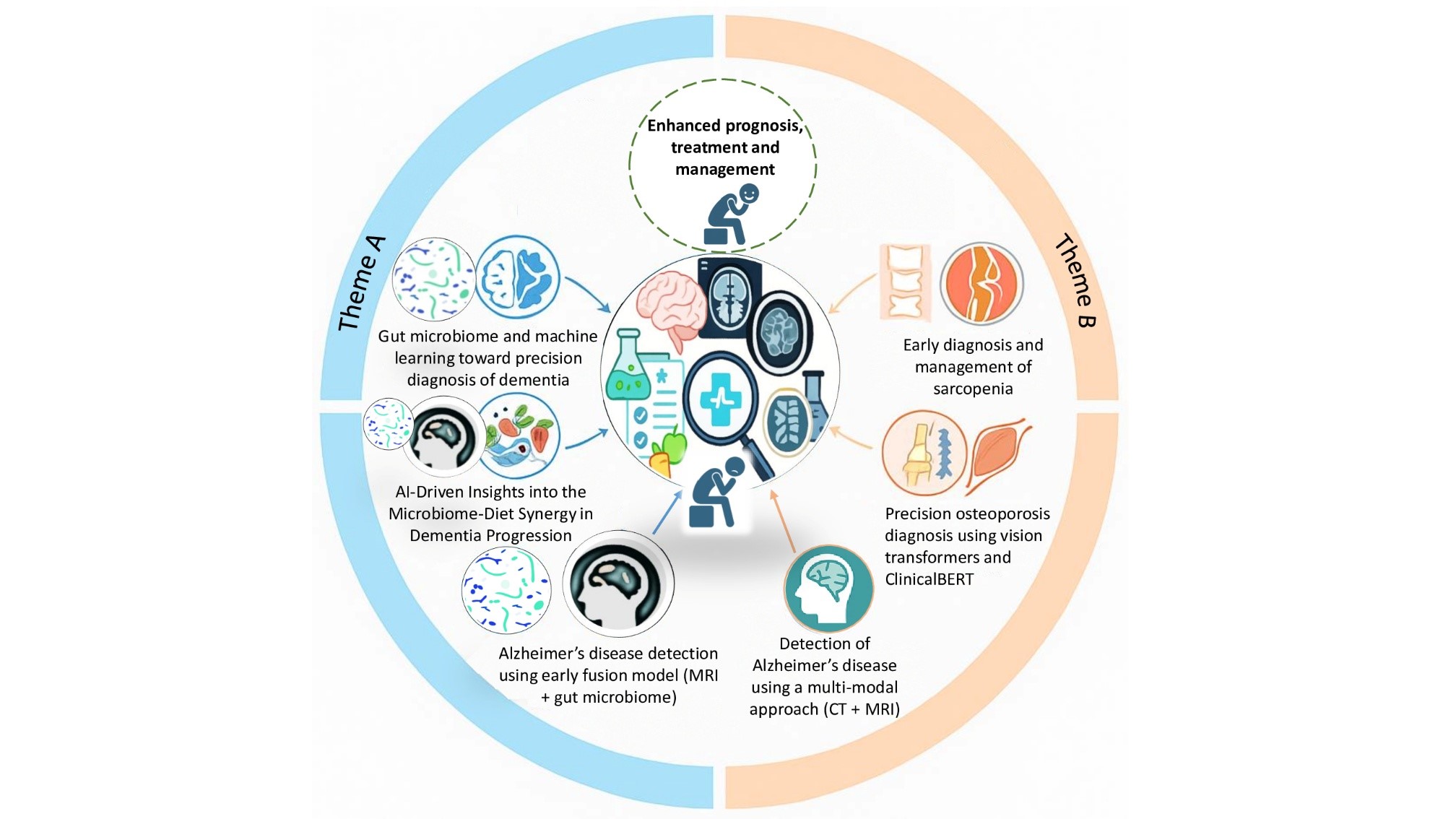1. Exploring the Mysteries of Extreme Environments
The survival of microorganisms is tested in extreme environments, defined by challenging geological conditions such as igneous rocks, serpentines, limestones, and mud volcanoes. These environments have the potential to harbor unique microorganisms with unique metabolic strategies.
Over the past five years, our laboratory has been dedicated to studying the biogeochemical aspects of these harsh geological environments in Taiwan. Our research focuses on the Tatun Volcano Group, Taiwan serpentine area, limestone caves, and mud volcano eruption sites. Our goal is to explore the microbial-driven metabolic pathways of nutrient sources and the metabolic/resistant mechanisms of special elements in these extreme environments.
We are also investigating the geological bio-weathering processes that occur in these extreme environments, and how microorganisms play a role in transferring mineral components from rock to soil and through the rhizosphere to plants. Our series of studies provide valuable insights into the microbial ecology of extreme environments and the impact of microorganisms on the environment.
Join us on our journey to uncover the mysteries of extreme environments and the role of microorganisms in these unique habitats.
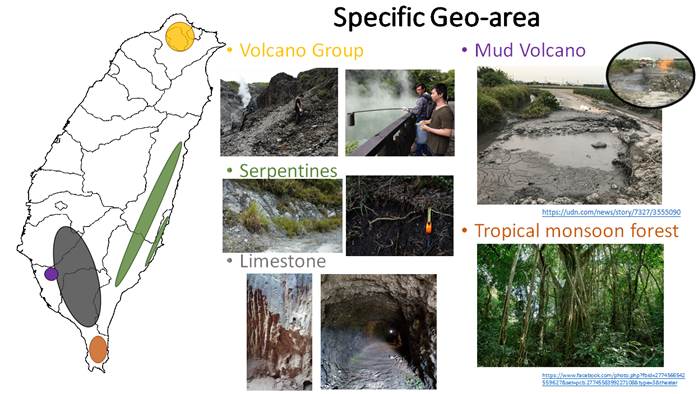
2. Utilizing Carbon Dioxide Biomineralization as a Negative Emission Technology
The comprehensive four-year project proposal is designed to develop and implement an innovative microbial-based bio-negative carbon conversion technology, significantly contributing to achieving "Net Zero-2050" by advancing a multi-faceted approach to carbon sequestration. In the first year, our meticulous
screening process will leverage physiochemical, mineralogical, and morphological parameters to pinpoint locations with optimal CO2 storage potential in both surface soil and sub-surface geological host rock. Following this, laboratory experiments, utilizing the 13CO2 labeling method, will allow us to estimate the rate and quantity of CO2 sequestration for the identified sites. Building upon this foundational knowledge, the second year will delve into the development of a powerful, easy-to-handle microbial bioproduct using ureolytic and carbonic anhydrase bacteria. This innovative microbial consortium aims not only to accelerate the carbon mineralization process but also to enhance the efficiency of CO2 sequestration in diverse environments, spanning both surface soil and underground host rock. As we transition into the third year, the project will move to a pilot-scale study, assessing the practicality and cost-effectiveness of our microbial bioproducts in real-world scenarios. Herein, we will work on large-scale cultivation of ureolytic bacteria consortia to formulate carbon-negative calcium carbonate nano-fertilizers to enhance CO2 sequestration and assist sustainable agriculture. Additionally, we will conduct lab experiments on ureolytic bacteria consortia for efficient bio-cementation-based CO2 sequestration processes to improve the mechanical properties of unstable sand and soil profiles. Furthermore, we will cultivate carbonic anhydrase bacteria for large scale CA enzyme production and immobilization to optimize CO2 sequestration in extreme subsurface soil ecosystems. The fourth and final year will witness the culmination of our efforts as we transition from laboratory studies to field applications. Therefore, we will conduct field-scale studies for the practical application of carbonic anhydrase (CA)-immobilized carbon-negative technology for geological CO2 sequestration in deep-subsurface host rock and collaborate with Taiwan-based environmental biotechnological firms to commercialize the CA-immobilized carbon-negative technology. Moreover, we will collaborate with local farmers' associations to apply ureolytic bacteria and CaCO3-based nanofertilizer
for short-term CO2 storage and sustainable crop production in agricultural farmland. Additionally, we will implement ureolytic bacteria-based biogrout technology to minimize the carbon footprint associated with commercial construction activity and address riverbank as well as coastal erosion challenges. This holistic approach to developing bio-based carbon storage and capture technology not only strengthens soil fertility but also promotes the global initiative for a "Net Zero" environment, making substantial contributions towards mitigating climate change impacts.
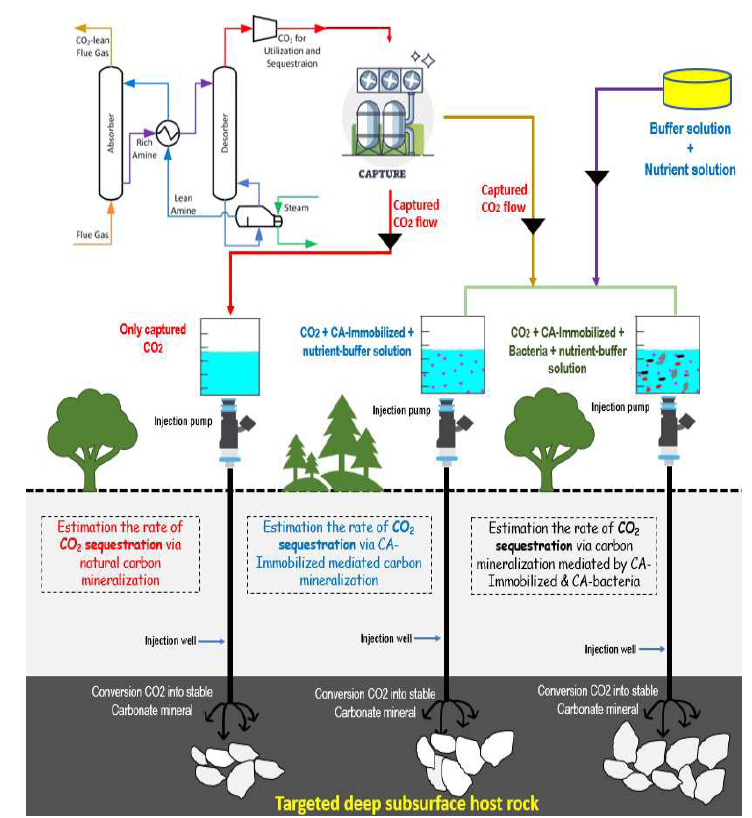
3. Discovering Microbial Interactions in the Lithosphere
The lithosphere the zone of microbial colonization on mineral surfaces and contains the specific interface influenced by native minerals. Our lab is dedicated to uncovering the factors that play a key role in the selective ability of microorganisms in the lithosphere. By utilizing an integrated approach including metagenomics, metabolomics, and in situ studies, we aim to explore the microbial community structure, interactions, and functional metabolisms in extreme environments.
In our primary study, we have completed the investigation of mineral-microbe and heavy-metal microbe interactions at the consortia level and their function within the lithosphere of extreme environmental samples. Using fluorescence in situ hybridization (FISH) analysis, we have analyzed the species-species interaction of lithosphere consortium in serpentine rock, weathered soil, and indigenous plant rhizosphere soil samples. Our research has led to the discovery of novel functional bacterial consortia, such as Serpentinomonas, Mesorhizobium, and heavy metal resistance-PGPB groups, associated with the lithosphere and their symbiotic relationships with minerals and heavy metals.
Join us on this exciting journey as we uncover the secrets of the lithosphere and its microbial interactions in extreme environments."
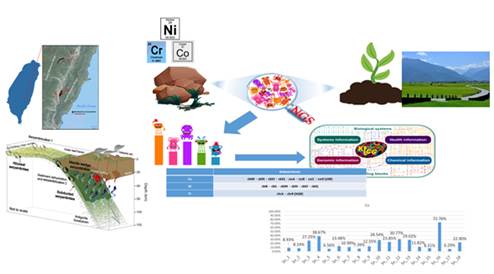
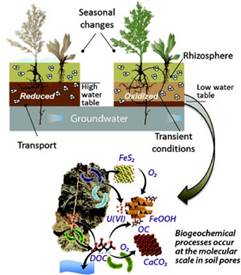
4. Discover the Intersection of Earth Sciences, Ecology and Health with GeoHealth Approach
Uncover the connection between earth sciences, ecology, and health with the innovative field of GeoHealth. This approach focuses on investigating natural hazardous materials to mitigate their impact on geophysical, ecological, societal and economic systems. Understanding and predicting the intersection of earth and human systems, such as climate change, pollution, and natural hazards is crucial to our mission.
We started our academic journey by studying pathogens in the hydrosphere, geosphere, and atmosphere caused by human-made pollution. Our findings led to the development of strategies for investigating zoonotic pathogens, identifying potential waterborne and foodborne contamination sources, and distinguishing the genotypes and serotypes of pathogenic isolates from watersheds and their sources (such as livestock farms, municipal wastewater discharge, and aquaculture production areas).
Our sampling methods take into account various factors such as geography, hydrology, season, rainfall, and distribution of clinical cases to ensure accuracy. Our research also explores the potential impact of extreme weather events on waterborne disease risks, providing a deeper understanding of disease outbreaks and contributing to improvements in health planning, outbreak forecasting, and disease prevention.
In recent years, we have expanded our research to examine the impact of natural hazardous materials on human health. This includes evaluating the health effects of heavy metals and other harmful elements released from minerals on local residents, as well as the study of microbial drug-resistant genes formed under natural survival pressure. Join us on this journey to better understand the intricate relationship between earth sciences, ecology, and human health.
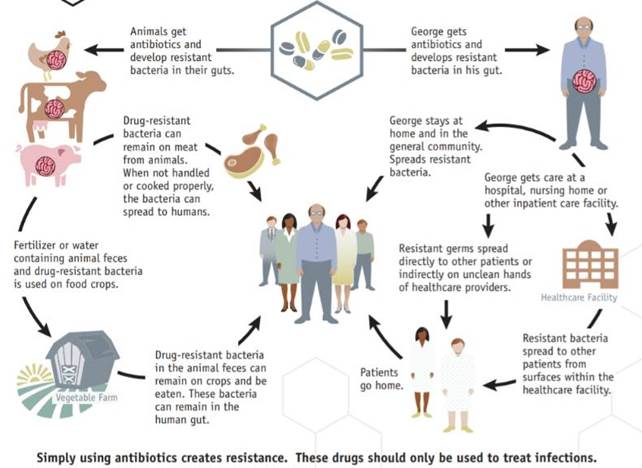
5. Combined Soil and Groundwater Biological Remediation with Geological Technology
Foreign studies have shown that the addition of zero-valent iron ore to TCE-contaminated soil and groundwater can improve the rate of microbial degradation of TCE by changing the redox potential and the electron acceptor. Our study builds upon these findings and highlights the positive impact of adding mud volcano ash to TCE-contaminated sites. Our hypothesis is that the addition of ash will increase the amount of methane and methanotrophic bacteria, as some of the pathways in the TCE degradation process share the same enzymes with methanotrophs. The goal of this research is to determine the optimal redox potential for bioremediation and enhance the rate of TCE degradation with the addition of mud volcano ash compounds. These findings could contribute significantly to the field of environmental remediation.
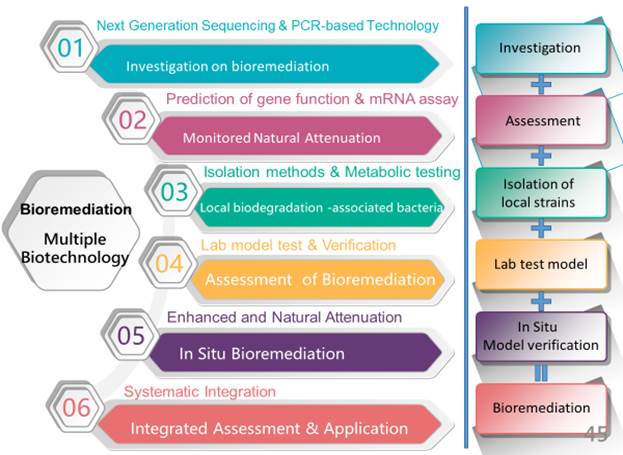
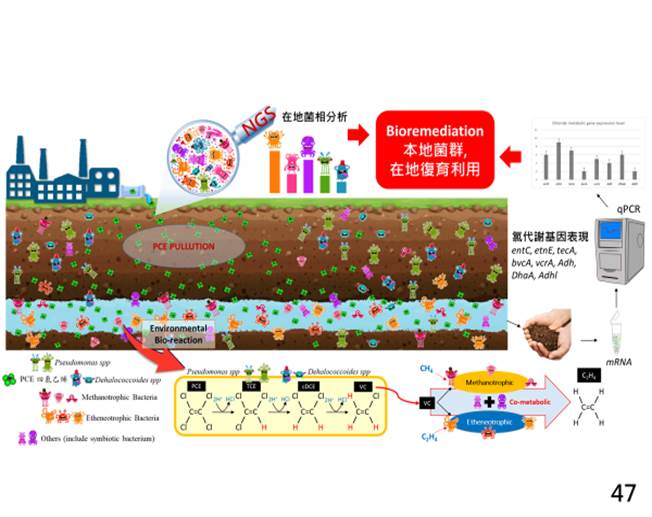
6. Machine learning applied in preventive medicine research integrating medical imaging and genetic sequencing
These studies span multiple disciplines—including neurodegeneration modeling, musculoskeletal imaging, and gut microbiome ecology—toward building a unified framework for early disease detection, progression monitoring, and precision healthcare. The proposed studies are grouped into two synergistic research themes. Theme A centers on leveraging microbiome data and neuroimaging for neurocognitive diagnostics, while Theme B focuses on aging-related imaging-based diagnostics in both neurodegenerative and musculoskeletal health contexts. Together, they exemplify the use of explainable artificial intelligence (XAI), deep learning, and multimodal data fusion to address clinical challenges in disease prediction and personalized medicine.
